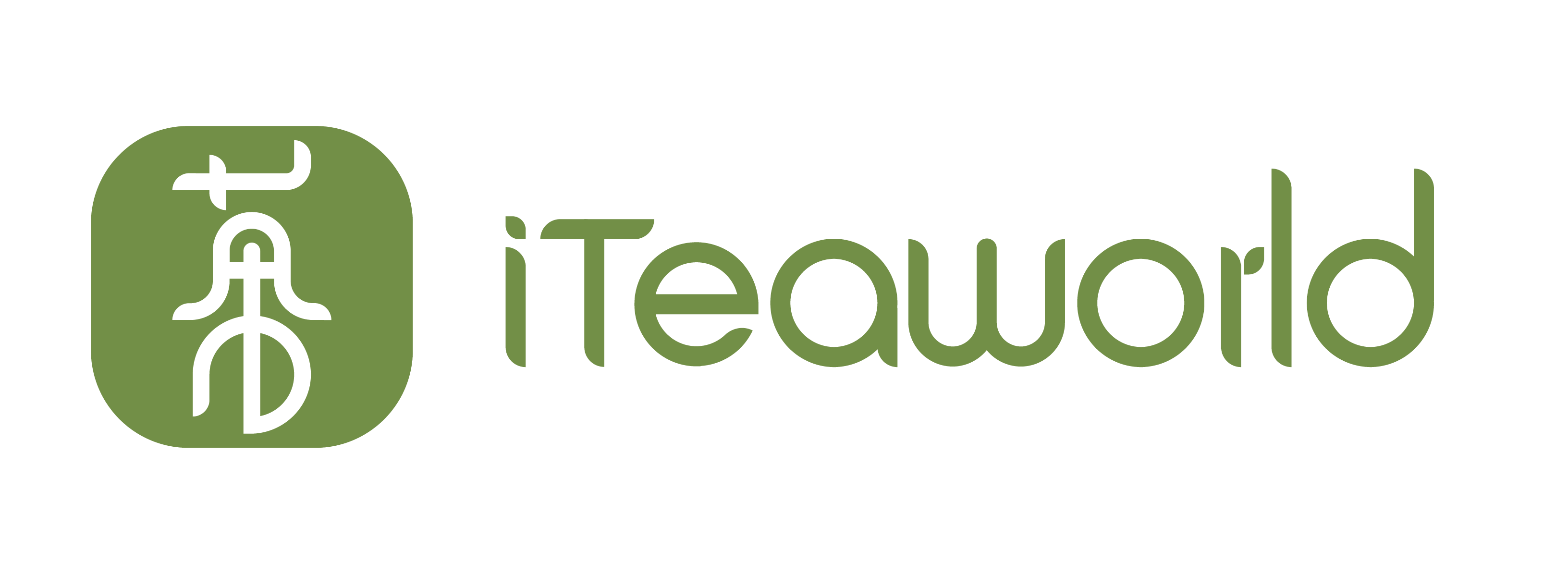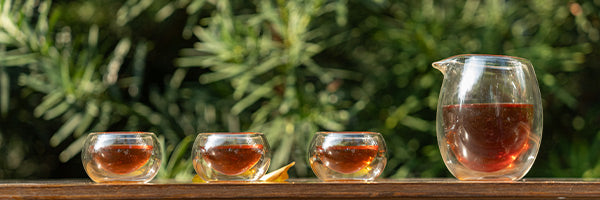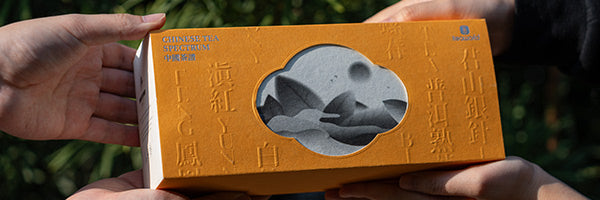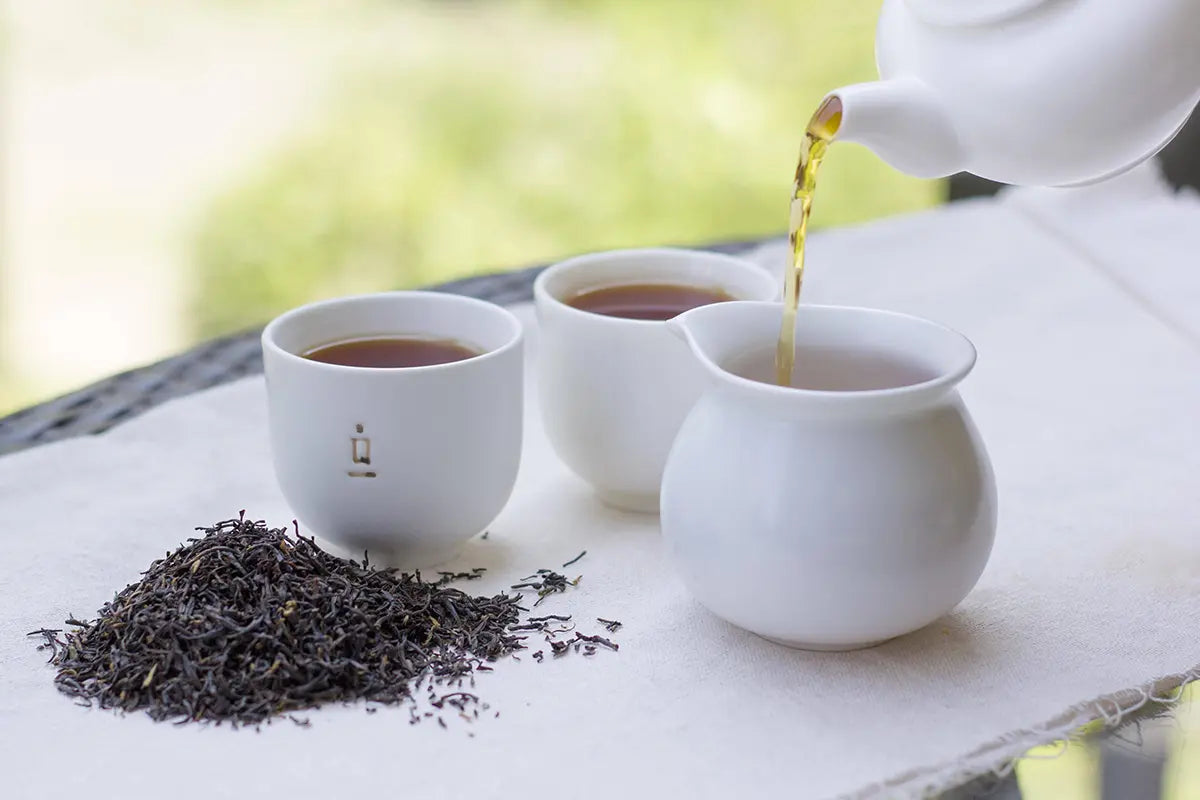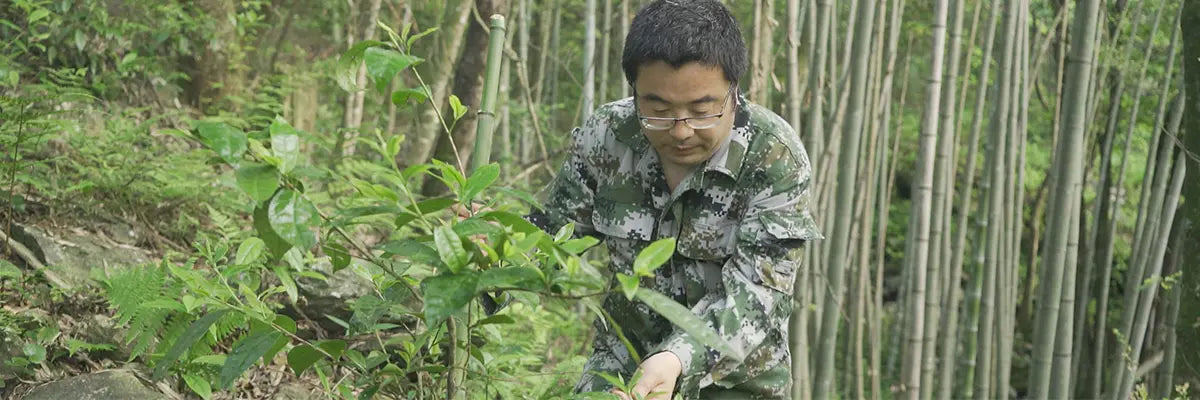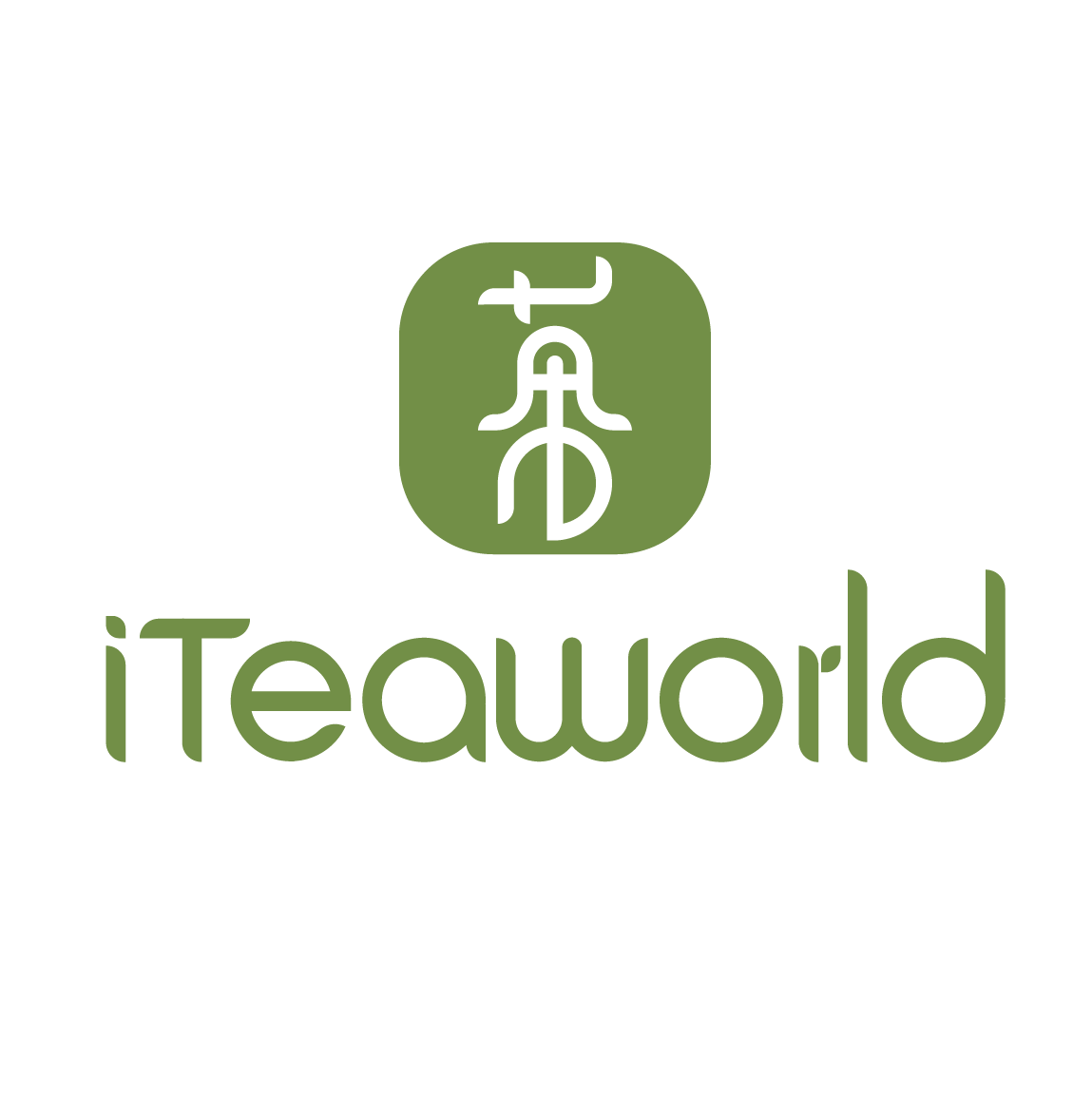Каково воздействие кофеина на организм?
Кофеин — это натуральный алкалоид, стимулирующий центральную нервную систему. Он обладает такими эффектами, как освежение ума, усиление внимания и улучшение психологического состояния.
Однако важно отметить, что дневная доза кофеина в идеале должна находиться в определенном диапазоне. Для здоровых взрослых людей рекомендуемая дневная доза кофеина обычно составляет от 300 до 400 миллиграммов.
Чрезмерное употребление кофеина может привести к следующим симптомам:
Перевозбуждение центральной нервной системы
Повышенное артериальное давление
Нерегулярный сердечный ритм
Снижение аппетита
Тошнота и рвота
Бессонница
Содержание кофеина в кофе

В целом, обычная чашка кофе, содержащая около 100 миллилитров, обычно имеет содержание кофеина от 30 до 100 миллиграммов. Содержание кофеина может варьироваться в зависимости от типа используемых кофейных зерен.
Кроме того, на содержание кофеина в кофе могут влиять такие факторы, как способ заваривания, включая время заваривания и температуру воды.
Содержание кофеина в чае улун
Как правило, 100-миллилитровая порция чая улун обычно содержит от 15 до 40 миллиграммов кофеина. Содержание кофеина в заваренном чае может варьироваться в зависимости от конкретного типа листового чая улун . Как правило, чем выше уровень окисления чая улун, тем выше содержание кофеина в заваренном чае.
Как и в случае с кофе, способ заваривания чая улун также существенно влияет на содержание кофеина в чайном настое.
Подводя итог, можно сказать, что содержание кофеина в чашке чая улун, как правило, ниже, чем в чашке кофе. Если вы хотите сократить потребление кофеина, замена кофе чаем улун в качестве ежедневного напитка — хороший вариант. Где купить чай улун? Рекомендуется выбирать бренды или каналы, которые предоставляют четкую справочную информацию о чае.
Найдите больше листового чая улун с помощью нашего пробника чая улун.>>>
Как сократить потребление кофеина?
Существуют разновидности кофе и чая улун с более низким содержанием кофеина. При покупке кофе и чая улун обращайте внимание на уровень содержания кофеина и выбирайте разновидности с относительно низким содержанием кофеина. Это может существенно снизить потребление кофеина. Рекомендуется использовать пробник кофе и пробник чая, чтобы найти варианты, которые соответствуют вашим предпочтениям.
При заваривании кофе и чая улун горячей водой сокращение времени заваривания также может снизить выделение кофеина.
Кроме того, использование метода холодного заваривания как кофе, так и чая улун может значительно снизить выброс кофеина.
Рекомендации по выбору чая улун
Как правило, чем выше уровень окисления листового чая , тем выше содержание кофеина. Улун, как правило, является полуокисленным чаем, но все же существуют различия в уровнях окисления среди разных сортов улуна.
Ниже приведены рекомендации по трем чаям улун с разной степенью окисления, из которых вы можете выбрать, которые также являются лучшими чаями улун в Китае. Они также являются прекрасным выбором для подарочных наборов чая для семьи и друзей.
1. Легкий аромат ТеГуаньинь

Light Aroma TieGuanyin имеет более низкий уровень окисления среди улунских чаев, что приводит к более низкому содержанию кофеина. Это предпочтительный выбор для тех, кто ищет чай с низким содержанием кофеина.
TieGuanyin — один из десяти самых известных чаев Китая, который производился в городе Сипин, уезд Аньси, город Цюаньчжоу, провинция Фуцзянь, между 1723 и 1735 годами. Название TieGuanyin относится как к сорту чайного дерева, так и к названию этого чая. Это полуокисленный чай, известный своей уникальной «рифмой Гуаньинь». Аромат свежий и элегантный, вкус чистый и крепкий, и он славится тем, что имеет «стойкий аромат после семи завариваний».
Light Aroma TieGuanyin характеризуется своей уникальной особенностью «прозрачного супа и зеленой воды». Этот тип TieGuanyin подчеркивает свежий, нежный вкус и декоративную ценность. Внешний вид Light Aroma TieGuanyin обычно сферический или полусферический, напоминающий форму бобов мунг. Его сухие листья имеют зеленый цвет, чайный настой прозрачный, а листья мягкие и густые.
2. Фэнхуан Даньцун

Фэнхуан Даньцун — это разновидность чая улун с умеренным уровнем окисления, что обуславливает средний уровень содержания кофеина.
Fenghuang Dancong — это традиционный китайский знаменитый чай, относящийся к категории улун, в основном производимый в городе Фэнхуаншань, городе Чаочжоу, провинции Гуандун. Этот чай славится своим уникальным ароматом, сладким вкусом и богатой питательной ценностью.
Характеристики Fenghuang Dancong включают «аромат», «жизненную силу» и «сладость». Его можно разделить на различные типы в зависимости от аромата, например, аромат медовой орхидеи, аромат желтой веточки и аромат гардении.
Внешний вид Fenghuang Dancong отличается толстыми и прямыми чайными листьями, однородными и крепкими, желто-коричневого цвета, глянцевыми и блестящими, с ярко-красными пятнами. После заваривания он источает свежий и стойкий аромат, с богатым и освежающим вкусом и уникальным горным очарованием.
3. Да Хун Пао

Da Hong Pao относится к категории сильно окисленных улунских чаев, что приводит к высокому содержанию кофеина среди улунских чаев. Для тех, кто ищет чай с более высоким содержанием кофеина, Da Hong Pao — отличный выбор.
Da Hong Pao производится в горах Уи, провинция Фуцзянь, Китай. Он относится к категории чая Wuyi Rock и признан «лучшим ученым чая» благодаря своему уникальному качеству и историческому прошлому. Он также считается одним из лучших листовых чаев в Китае.
Внешний вид Да Хун Пао характеризуется плотно скрученными листьями свежего и блестящего зелено-коричневого цвета. Заваренный чай имеет оранжево-желтый цвет, а листья демонстрируют смесь красного и зеленого, сопровождаемую уникальным ароматом и вкусом, характерным для каменного чая. Аромат этого чая насыщенный, с нотками орхидеи, и он известен своим длительным и сильным ароматом, называемым «каменным очарованием».
iTeaworld предлагает широкий выбор высококачественных листовых чаев, которые идеально подходят в качестве подарка друзьям. Они являются выгодной покупкой на летней распродаже .
Если вы не можете решить, что купить во время летней распродажи, рассмотрите вариант выбора листового чая. Они не только полезны и вкусны для личного наслаждения, но и являются прекрасным выбором для поддержания свежести в летнюю жару.
